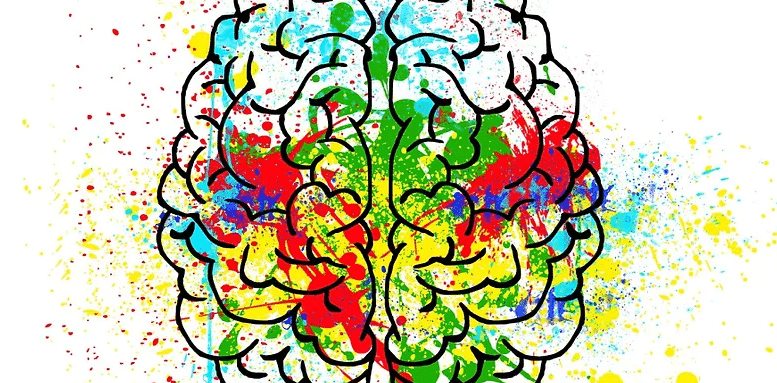Creating a Sense of Belonging

The relationship between belonging and wellbeing in the classroom.
Belonging is something that is well documented as positively correlating with wellbeing. But as with everything in this area the variables and mechanisms behind this relationship are difficult to pin down. Suffice to say that a student who feels a sense of belonging to a school community will have better mental health and do better academically. Unfortunately for secondary students there seems to be a dip in both academic engagement and their sense of belonging. I imagine that the Covid-19 restrictions haven’t helped!
Using Bronfenbrenner’s ecological model, a sense of belonging can be created at a number of levels. Of course the sense of belonging to a school as a whole may well be out of your control as a teacher but if we zoom in, we can consider how you can create a sense of belonging in your classroom.
In terms of adolescent development a sense of belonging, especially to school, plays a fundamental role in identity formation, how they develop strategies to adapt to changing environments and their transition into adulthood. Whilst there is much research looking at the links between belonging and wellbeing in schools there is very little research that looks at how students achieve a sense of belonging, particularly at secondary school.
As teachers we can encourage a sense of belonging to a particular class – think of each class as a team of people striving to achieve a shared goal (pass a GCSE exam or learn about the importance of literature). As such everyone is working together to achieve that goal and there are specific things you can do as a teacher to achieve this. In their review of the literature Allen et al. (2016) suggest the following:
Encourage the individual:
- To have high expectations of their own academic ability;
- To identify their own strengths;
- To be inclusive, respectful and tolerant to the learning needs of others;
- To monitor and reflect on their own learning;
- To reflect on what they are grateful for and practice gratitude;
- To foster a growth mindset – mistakes are seen as learning opportunities, focus is on the learning process rather than performance itself.
As a teacher:
- Be intentional in fostering a sense of belonging in your classroom;
- Show you care – through personal interactions with the students;
- Show interest, passion and value in what you are teaching;
- Clearly communicate expectations around behaviour and learning and be consistent in these;
- Consistently use positive messages to encourage students to achieve personal best;
- Set clear and achievable goals that create a sense of mastery for students;
- Where necessary and appropriate offer emotional support;
- Listen without judgement;
- Create an atmosphere of trust through role modelling appropriate behaviour.
Develop the relationships in the group (do read this blog for more information):
- Encourage and foster positive relationships within the classroom;
- Encourage peers to support each others learning;
- Find opportunities to get to know your students outside of the classroom;
- Check in with the students – greet them as the enter the classroom, learn their names, ask them how they are;
- Make sure the class knows each other’s names;
- Foster links with home (postcards or phone calls home, supportive conversations during parents evening etc.).
Many of these things you will already be doing, some you might be able to do better. I have already written about fostering positive relationships which goes hand in hand with a sense of belonging and I will be writing in more detail later on about things like Growth mindset, setting goals and listening skills so please do sign up for my newsletter so you don’t miss out.








Responses